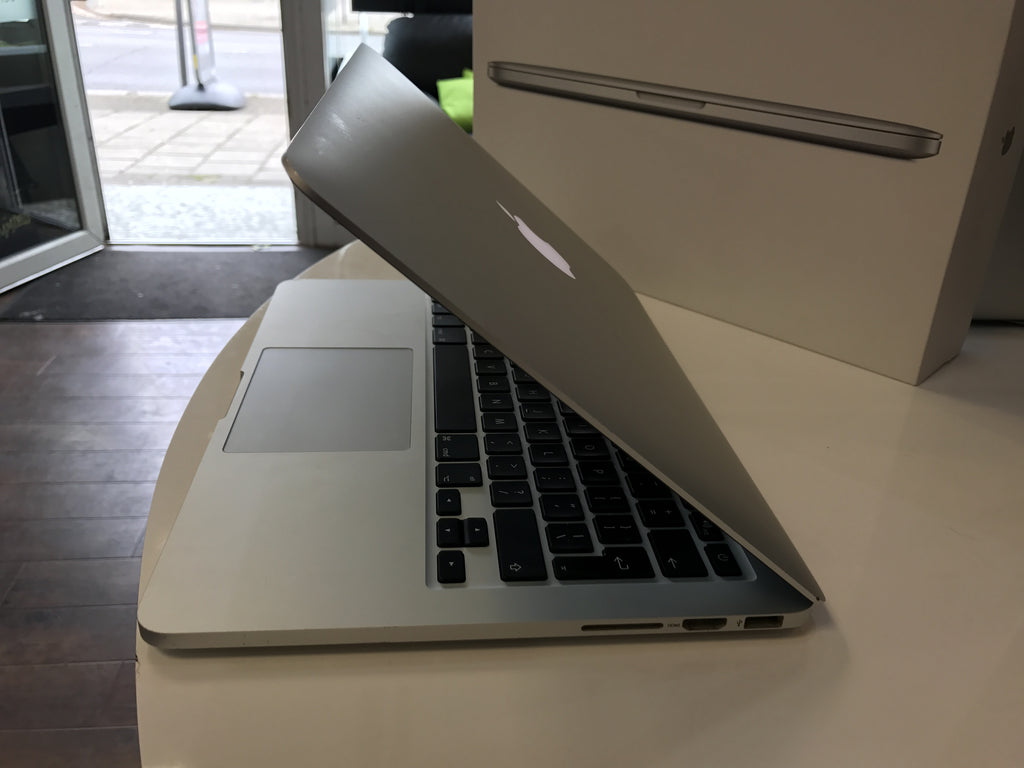

And granted, Apple’s move dragged the computer industry kicking and screaming into the USB-C future. Granted, people said the same thing when Apple ditched the floppy disk. Most notably with the 2016 MacBook Pro, that was anyone who frequently used USB-A devices with their laptop. The problem with leaping headlong into the future? People get left behind. One step forward, two steps back Malarie Gokey/Digital Trends In 2016, that feeling became all too familiar.
MACBOOK PRO 2015 13 INCH MAC
Experienced Mac users will remember all too well the company’s jettisoning of floppy disks, Ethernet ports, and CD drives from days gone by. It doesn’t creep and crawl towards the new horizon, it slams down on the pedal and floors it. When Apple decides to move in a different direction, there are no half measures. It marked the jumping-off point before Apple left its comfort zone and headed into unknown territory with the 2016 MacBook Pro. It was the last to feature the Magic Keyboard until its glorious return late last year, and the last to come with physical Function keys. It was the last to come with ports like USB-A, HDMI, and a full-size SD card slot. Bill Roberson/Digital Trendsīut most importantly, the 2015 MacBook Pro was a laptop of “lasts.” The last MacBook Pro to come with MagSafe, the popular magnetic power port. The Retina display was sharp, beautiful, and color-accurate and the trackpad was way ahead of its rivals, and these were deservedly considered major attractions for the MacBook Pro. The keyboard was one of the most comfortable you could find on a laptop, offering plenty of travel and excellent backlighting. These weren’t revolutionary features at the time, but we loved them all the same. It had a fantastic keyboard, a vibrant screen, plenty of ports, and a great trackpad, all coupled with Apple’s trademark build quality and impressive performance under the hood. They say you don’t know how good you’ve got it until it’s gone, and that’s perhaps nowhere clearer than with the 2015 MacBook Pro.

A laptop of lasts Bill Roberson/Digital Trends With the anniversary causing us to take a wistful glance back in time, we thought it’d be a good opportunity to reflect on what the 2015 MacBook Pro 13 did so well - and what future models can learn from it. After so many years of hit-and-miss products, 2015’s model was the last truly excellent 13-inch MacBook Pro we ever got. Only 2019’s MacBook Pro 16-inch has been universally liked, but it’s expensive and too large for most people.
MACBOOK PRO 2015 13 INCH MOVIE
Each originally shipped with OS X Yosemite and featured a 13.3-inch Retina display with up to 10 hours battery life (12 hours for iTunes movie playback).ĪppleInsider may earn commission on products purchased through affiliate links. Under the hood of each 13-inch MacBook Pro fifth generation Intel Core processors up to 3.1 GHz, with Turbo Boost Speeds up to 3.4 GHz faster integrated Intel Iris Graphics 6100 and flash storage that is up to two times faster (at throughput up to 1.6GBps) than the previous generation 13.3" MacBook Pro (Mid 2014). The Force Touch trackpad also enables a new gesture called Force Click, a click followed by a deeper press, for tasks like pulling up the definition of a word, quickly seeing a map or glancing at a preview of a file. Ushering in a new dimension of interactivity to the Mac, the new trackpad features built-in force sensors that allow you to click anywhere and haptic feedback that provides a responsive and uniform feel.
MACBOOK PRO 2015 13 INCH UPGRADE
The 13-inch MacBook Pro (Early 2015) was introduced on March 9th, 2015 as an evolutionary performance upgrade to the 13-inch MacBook Pro family that also marked the debut of an all-new Force Touch trackpad.


 0 kommentar(er)
0 kommentar(er)
